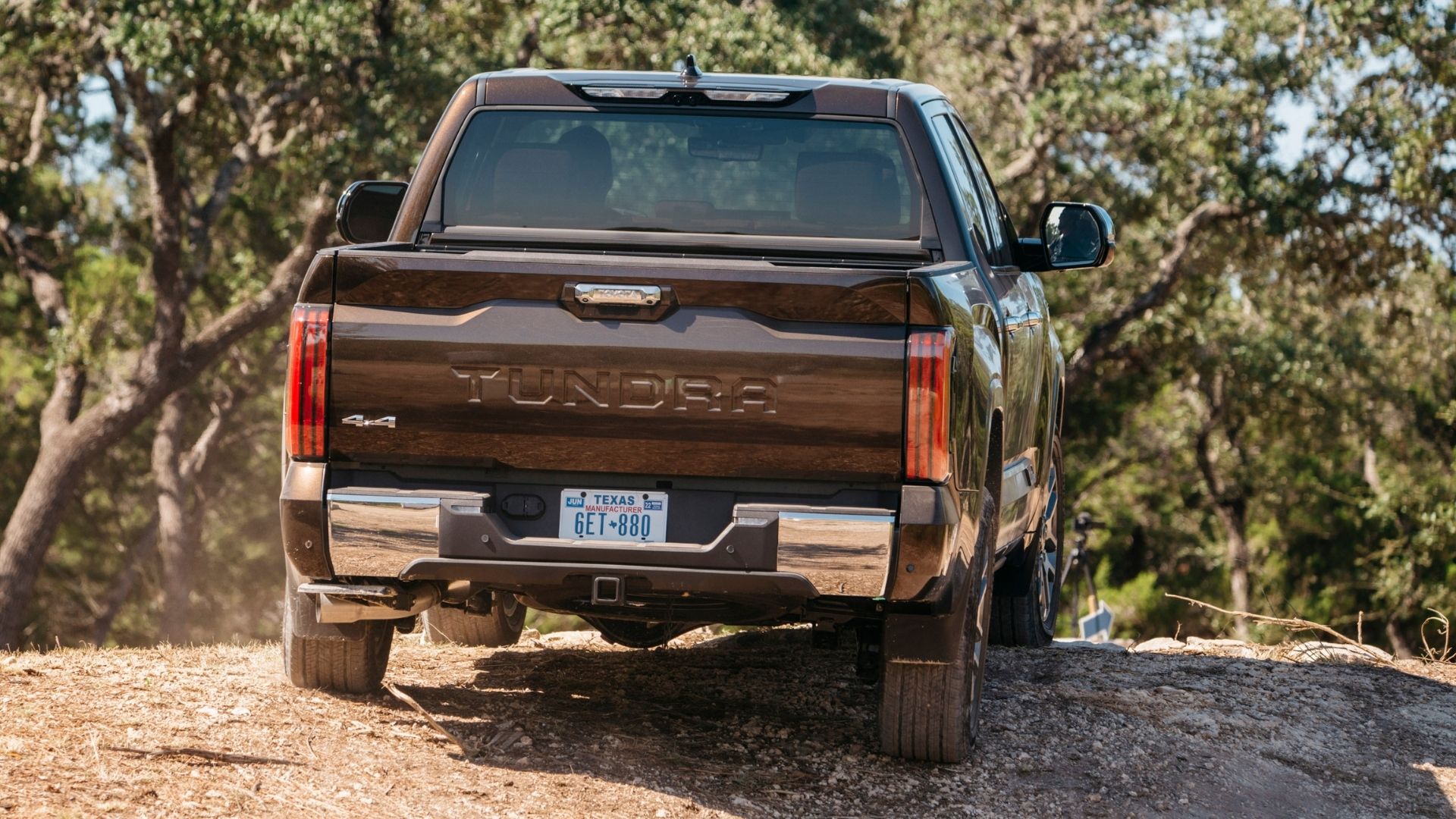

The Toyota Tundra’s Executive Chief Engineer Mike Sweers is a self-proclaimed fan of diesel engines. He owns a collection of trucks and drives them every day, and he’s well versed in the high-torque benefits of diesel. When it was time to redesign Toyota’s full-size truck for the first time since 2007, Sweers knew he wanted to meet the power and torque demands of drivers like him. However, they also had to keep in mind that half-ton diesel trucks haven’t panned out for everybody as of late.
That didn’t mean Sweers was about to compromise on his demands.

“When we started this development process, I told my powertrain engineers, ‘I won’t lie; I’m a diesel guy. I love diesel engines.’ My request of the powertrain group was to achieve diesel torque and power in our new truck,” Sweers explained to The Drive.
When the team circled back to Sweers and suggested they replace the aging 5.7-liter V8 with a twin-turbo V6, he responded with skepticism. The proposed 3.5-liter powerplant led Sweers to say, “How about we double that? Seven [liters] would be great.”
He quickly saw, however, that new technology made the smaller displacement engine more efficient and, yes, even more powerful.

“With our fuel injection system and new turbos, we really flatten that torque curve out,” Sweers noted. “My goal was a diesel engine and I had to ask myself ‘Do I really want a diesel engine? Or do I want the torque of a diesel engine?’”
Ultimately, the team turned out two options. First was the gas-only, twin-turbo, 3.5-liter V6 making 389 horsepower and 479 pound-feet of torque. Then came the hybrid option that pairs the 3.5-liter V6 with a 1.87-kilowatt-hour battery and an electric motor for a boost to 437 hp and 583 lb-ft. All told, that seemingly small base engine can tow up to 12,000 pounds while hitting peak torque at just 2,400 rpm. The iForce Max hybrid is the more premium powertrain and it’s standard on the TRD Pro while being optional on Limited, Platinum, and 1794 trims.
The new electric motor provides a wallop of torque early on and fills in the gap as the truck’s turbos spool. The result is diesel-grade torque with a similar low-rpm powerband, plus the benefit of improved fuel economy. As any second-gen Tundra owner will tell you, the latter has long been an area that needed addressing.

If Sweers had a nickel for every customer who complained about the outgoing V8 Tundra’s fuel economy, he says, he’d be doing something else for a living. Yes, truck customers do care about miles per gallon, but the real question is whether or not they’re willing to give up power and torque in exchange for it. While mile-per-gallon numbers aren’t available yet, it appears that Tundra customers won’t have to compromise on engine output while still spending less time at the pump.
Got a tip? Send the writer a note: kristin.shaw@thedrive.com